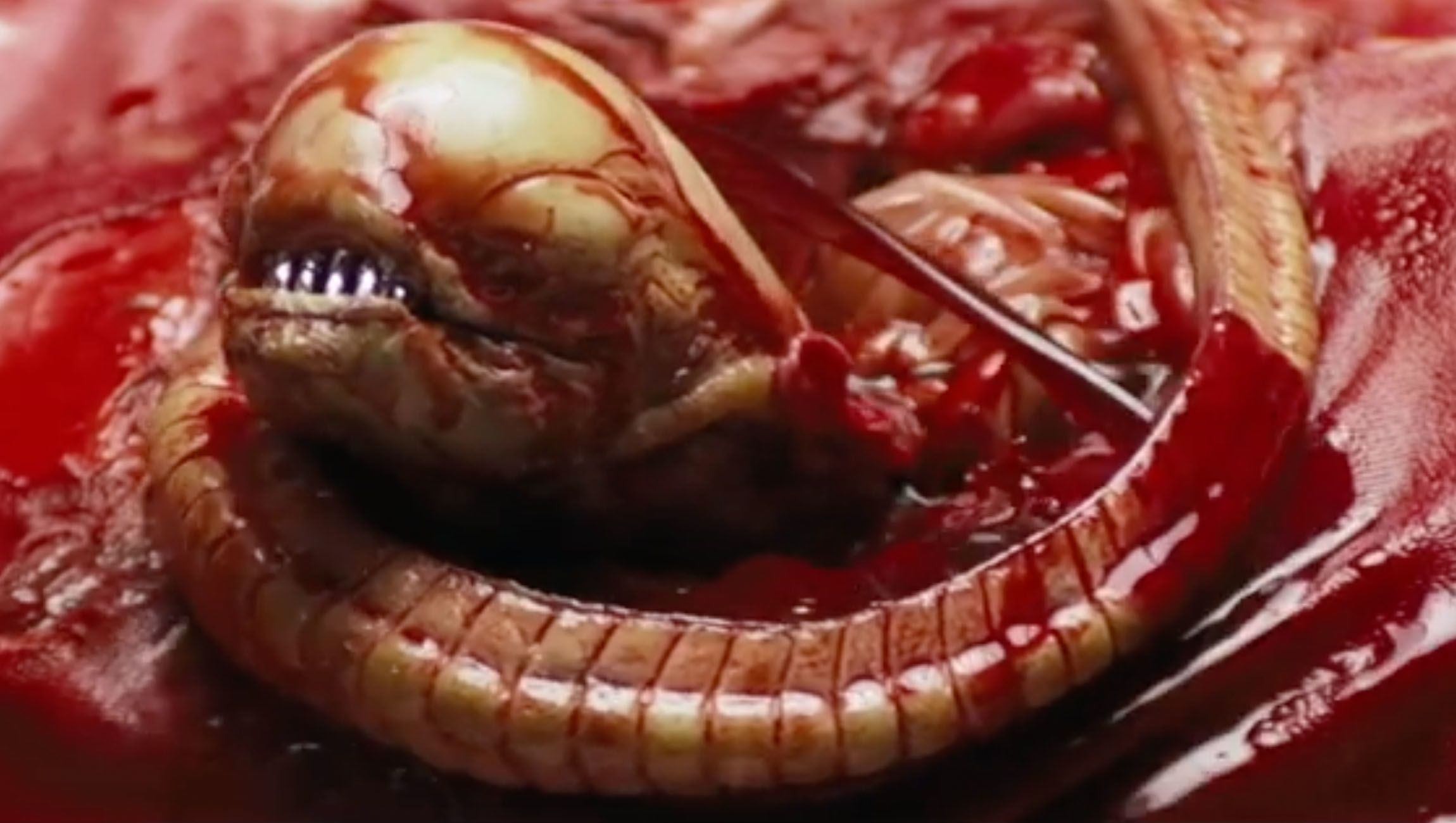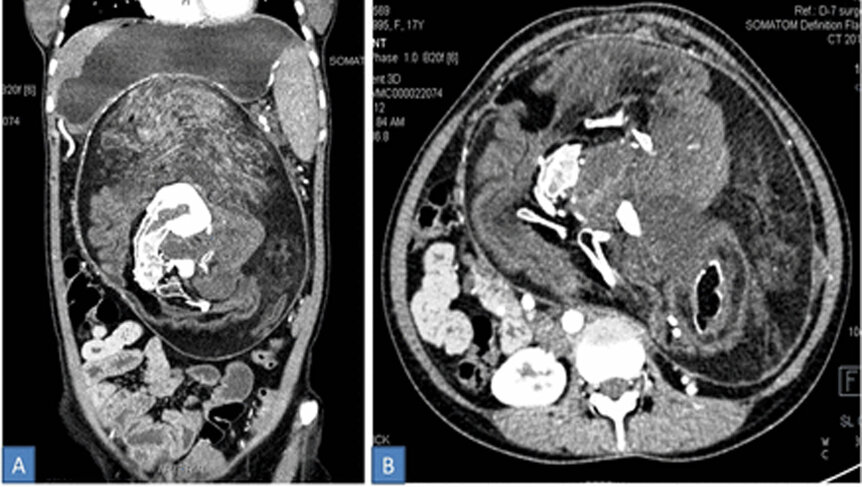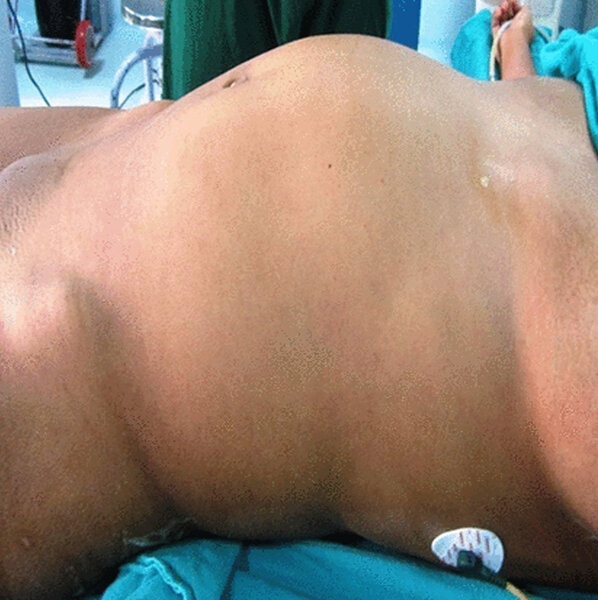Create a free profile to get unlimited access to exclusive videos, sweepstakes, and more!
Something worse than a Chestburster invaded a teen's insides - her own twin

However sci-fi a parasite taking over your innards may sound, this is not a plug for the newest movie in the Alien franchise.
What Kane went through to the horror of the Nostromo crew is nothing compared to what a teen girl in India recently experienced. Something was just not right with her distended abdomen, and it was beyond anything she (or a team of surgeons who were in for the shock of their lives) could have expected. As Australia’s 9News reported, doctors operating on the girl discovered she was carrying something less like a chestburster and more like a gutburster — her own twin. Fortunately, unlike Kane, the patient survived the surgery and is currently recovering well.
Turns out she had Fetus in fetu (FIF), “a rare developmental abnormality in which a malformed fetus is found within the body of [the] other twin,” as described by Dr. Anil Kumar of All India Institute of Medical Sciences in Patna, whose team operated on the girl. While the condition is usually found in young children, this is the eighth adult case of FIF ever documented, and the first discovered in a woman.
So how was the parasitic twin, which experienced a boom in size over the last five years and was the reason behind the teen feeling full even without eating, finally diagnosed?
“A high index of suspicion and complete evaluation are the key factors that helped us reach the diagnosis,” Dr. Kumar told SYFY WIRE. “Any abdominal lump in infancy and childhood should be evaluated and investigated thoroughly. The more important part is health awareness at the community level. Most patients and their relatives ignore such presentation, especially in developing country like India, till it becomes more evident and symptomatic, as in our case.”
If you’re brave enough to face what came out of the teen’s abdomen, make sure you click here and here on an empty stomach.
The patient, according to Dr. Kumar, became worried when she could get no relief from her abdominal swelling, even after consulting multiple doctors. Turned out they didn’t have the right diagnosis or procedure in mind.
“After a CT scan and proper exploratory laparotomy were planned, then the patient and her relatives were happy with the hope that everything will be settled,” Dr. Kumar said.
Fetus in fetu can only be treated with the excision of the alien (technically alien, since it doesn't belong there) fetus from the body. Once excised, the parasitic mass that had managed to get away undiscovered for a torturous amount of time was determined to be a malformed fetus in a sac, after a biopsy was performed. In the study recently published in the journal BMJ, Dr. Kumar and his colleagues note "the mass measured 30×16×10 cm and was composed of hairy cheesy material, multiple teeth and structures resembling limb buds. On cutting section, it showed fatty, cartilaginous and bony areas along with another cystic area of size 8×7 cm. Microscopically, there was an admixture of different elements including neural, intestinal, cartilaginous and bone along with skin adnexal structures and adipose tissue. However, no immature elements were seen."
According to Dr. Kumar, the procedure was complicated but not dangerous, “except for the chance of leaving some tissue [behind].” Unfortunately, he also mentioned that “in this situation, a chance of malignant transformation is more possible.” The patient will need yearly follow-ups to make sure that tissue which was too strongly attached to critical blood vessels does not turn cancerous.
Fetus in fetu is an entirely different diagnosis from a teratoma — a tumor that is made up of hair, teeth, muscle, and bone. FIF is much rarer and often mistaken for a teratoma.
This is just more proof that some of the scariest horror stories ever can emerge from biological anomalies.




























